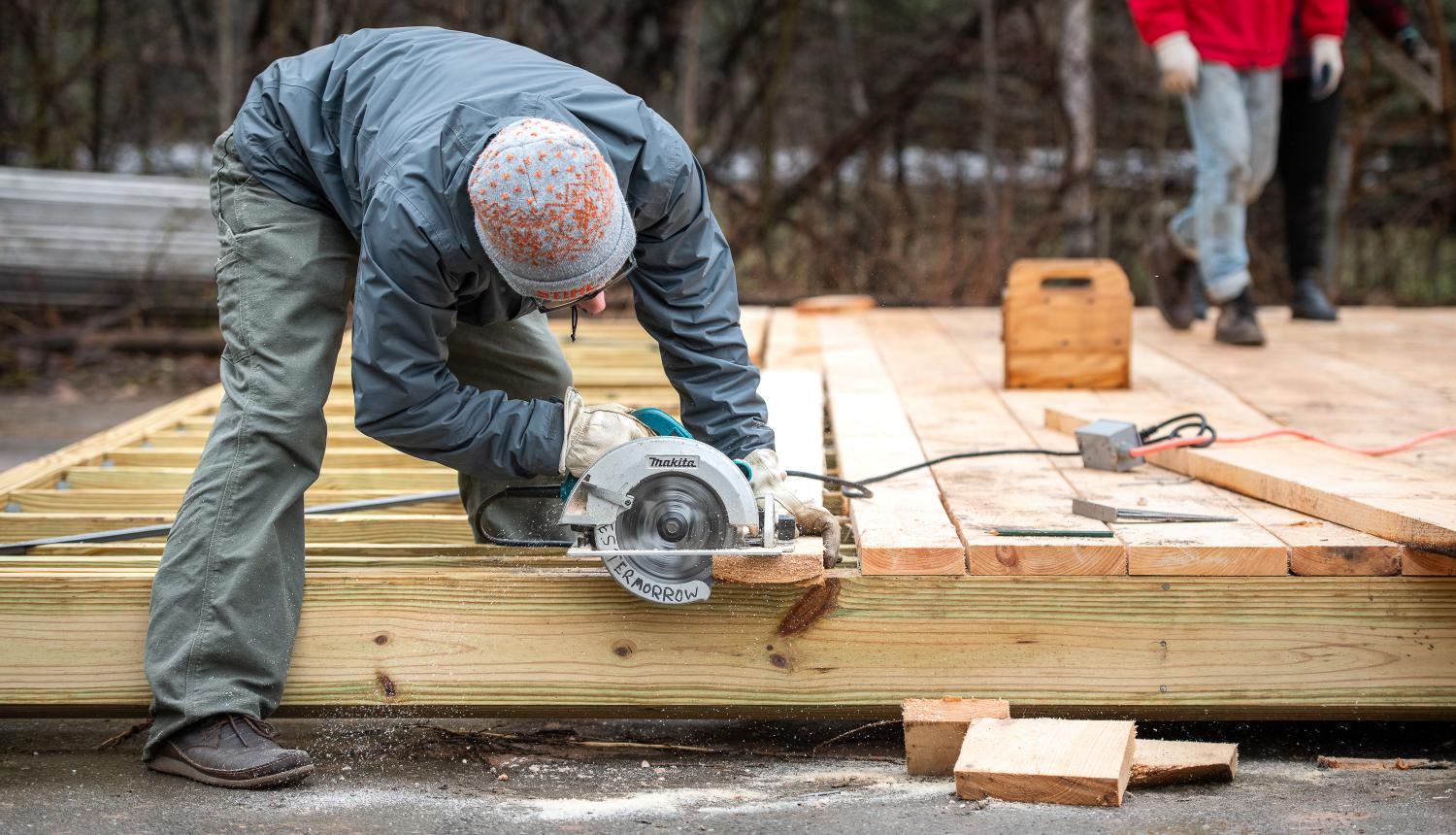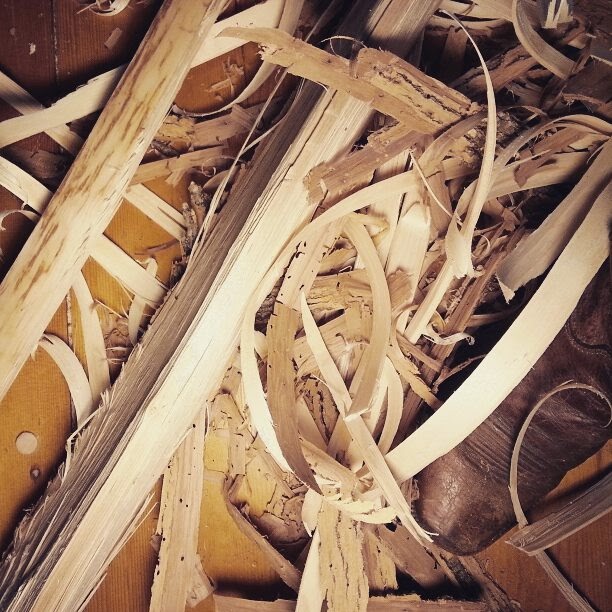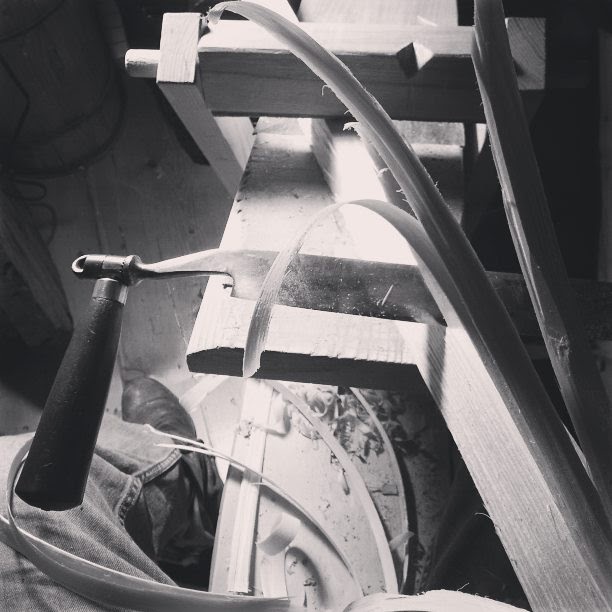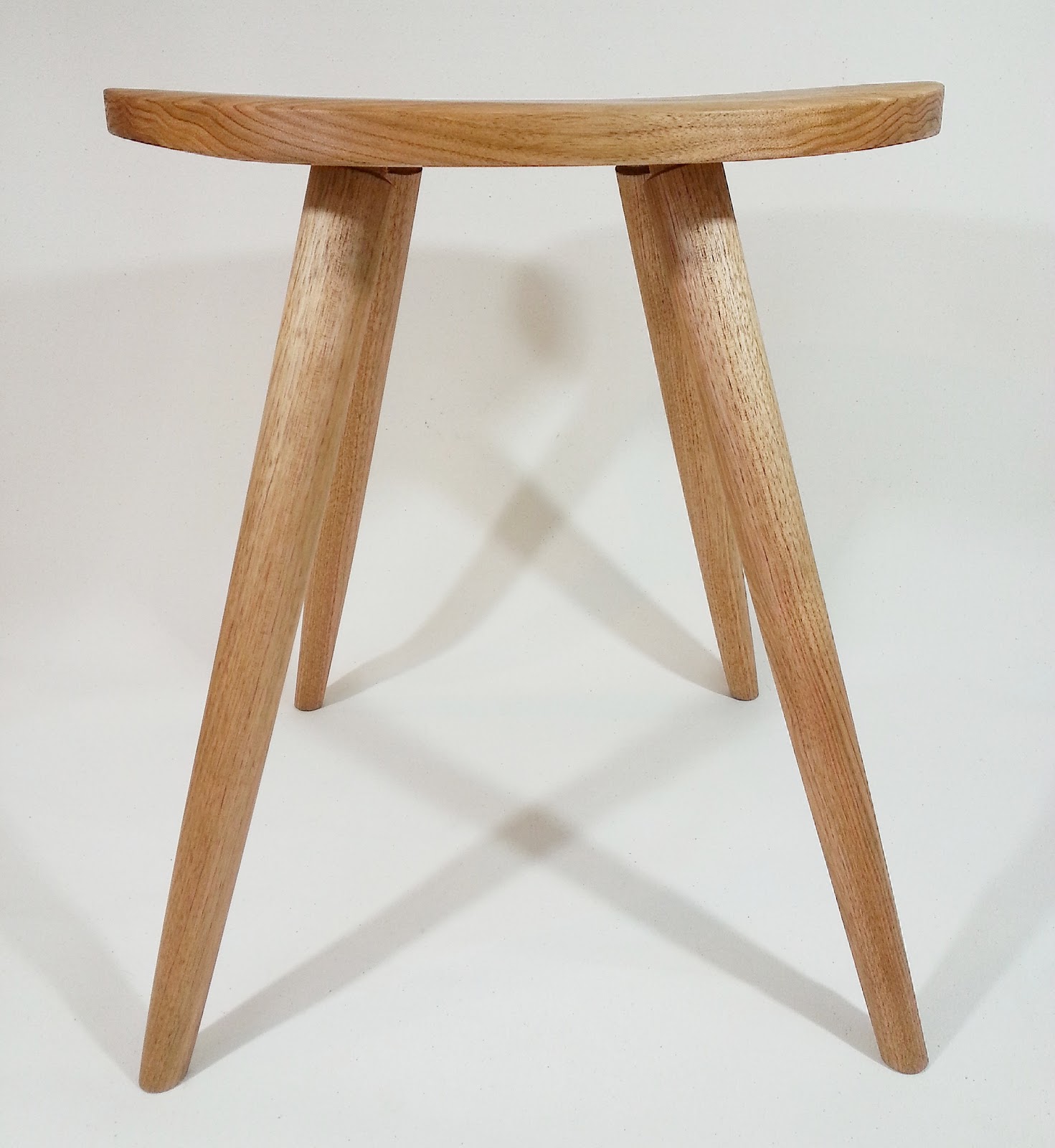We are accepting applications for Certificate Programs until 4 months before the start date of the program. We will notify applicants of their admissions status within 4 months of the course start. Applications submitted after the deadline are accepted on a rolling and space available basis.
The cultivation and building of a relationship with one’s material is fundamental to making as well as good design. In this 4-week certificate program students will learn how to respond to wood, while gaining an in depth knowledge of crafting furniture and objects out of green wood harvested from the woods. Students will develop skills and techniques focused on the use of hand tools which is fundamental to the historical processes and traditions of green woodworking. Each week is designed to teach students how to confidently and passionately approach woodworking from a more holistic perspective via harvesting one’s own material, designing pieces, and gaining the skills to execute those ideas in the woodshop.
Related Courses
- Woodworking Certificate
- Woodworking Unplugged
- Beginning Furniture Making
- Intro to the Woodshop
- Cabinets and Built-ins
- Introduction to Turning at Vermont Woodworking School
Green Woodworking Certificate
The cultivation and building of a relationship with one’s material is fundamental to making as well as good design. In this 4-week certificate program students will learn how to respond to wood, while gaining an in depth knowledge of crafting furniture and objects out of green wood harvested from the woods. Students will develop skills and techniques focused on the use of hand tools which is fundamental to the historical processes and traditions of green woodworking. Each week is designed to teach students how to confidently and passionately approach woodworking from a more holistic perspective via harvesting one’s own material, designing pieces, and gaining the skills to execute those ideas in the woodshop.
Class will formally meet Monday-Friday from 9am-5pm with an hour break at noon. The shop will be open to students after class and on weekends.
Week 1: Reverence for Material and Tradition
Objectives: Learn how to identify different species of trees and what they typically are used for and sustainably harvest that material for woodworking projects. Students will then bring the harvested material out of the woods and into the woodshop to then understand the inherent strengths and weaknesses of the material. Learn how to read the grain and begin to see what is going on inside the tree before even splitting it into parts! Students will use the material they’ve harvested to design and carve spoons and bowls using all hand tools.
Week 2: Stools with Hand Tools
Objectives: Students will learn the basic construction methodologies within green wood furniture. Through the use and understanding of woods moisture content, paired with wedged tenon joinery, students will learn how to create heirloom quality furniture by building their own low back stool with a steam bent back. Students will learn how to make their very own small kiln, sharpen tools, steam bending, difference in glues, joinery, moisture content and shrinkage, and finishing.
Week 3: Stools with Hand Tools (cont.) & Finishing
Objectives: Upon finalizing each students low back stool project, the course will enter the vast world of finishing techniques. The instructor will guide students through using different oil finishes, shellacs, waxes, milk paint, and all food safe finishes.
Week 4: Box Making with Steam Bent Components
Objectives: Teach students the safe use of shop machinery through learning three basic woodworking joints: miters, finger joints, and dove tails. Students will use machines such as the chop saw, jointer, planer, table saw, and band saw to create their very own box design that must have a steam bent component as part of each design. Through picking one joint to learn, each student can confidently and safely create a design that is specific to their needs.
In hands-on classes that explore and engage, we teach the arts of design and building as an integrated process, and provide instruction in fundamental skills. We offer nearly 100 classes in Land & Community Planning, Whole Structure Design/Build, Building Systems & Building Science, Woodworking & Craft and Tutorials.
Our curriculum allows students to learn, think, and practice at varying scales: in the context of whole buildings, communities, and ecosystems; on the specific materials, methods, and technologies that enable systems to function well; and on the fine details that make structures functional and beautiful.
The students who come to Yestermorrow are place-makers or change-makers, and sometimes they’re both. They are DIYers and professionals, women and men, undergraduates and lifelong learners, hobbyists, and those seeking a career or life change. Courses are taught by top architects, builders, craftspeople, and permaculture practitioners from around the country.
Uniting thinking and making, and exploring relationships between the natural and built environments, Yestermorrow empowers students to create intentional and inspired pieces, places, buildings, and communities that enrich life and enhance our world.





